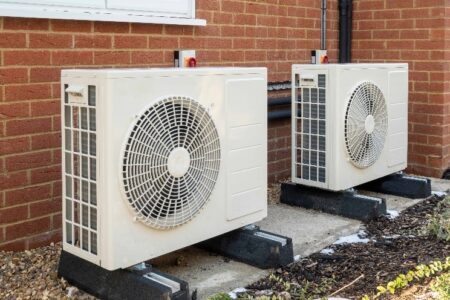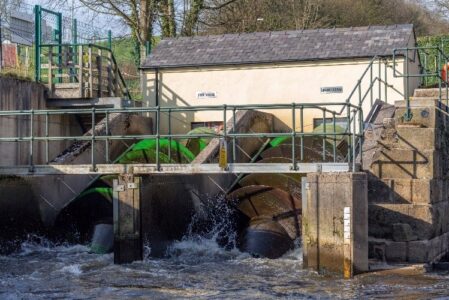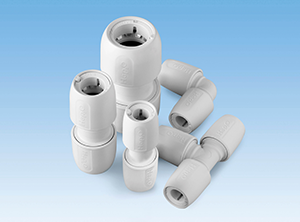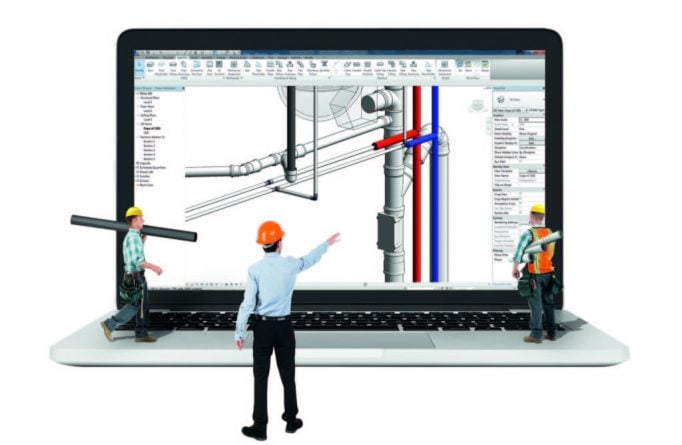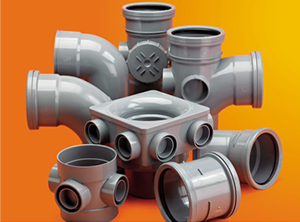The heat is on to find a replacement for gas boilers

Therefore, cutting individual expenditure, due to less energy output from each house. In this article, we look at the alternatives and their pros and cons.
Why is this important?
This is a fundamental element to include as it is estimated by the Intergovernmental Panel on Climate Change that was released on August 9 2021. Cool Earth explained that the world is currently experiencing higher temperatures of 1.5 degrees Celsius between 2030 – 2052. A factor for this is due to the high level of C02 emissions and global warming that is occurring.
By 2025 a bill Environment Agency: EA2025 creating a better place will be passed in the house of commons to drastically reduce our carbon footprint and decarbonise the electricity and other fuels. Leading up to 2050 this will ensure that people are educated, and perceptions develop as well. It is key to follow this as not only will it be part of a growing trend but also a part of the legislation.
What are the options to replace gas boilers?
There are various cleaner energy options that replace gas as an energy source. Ultimately these could contribute to creating a more net carbon country by 2050, reducing the damaging effects by 80%. It has been determined that around 19% of the UK’s greenhouse gas emissions are derived from homes and buildings with boilers. The following heat sources have both positives and negatives, as there is a benefit to being sustainable but a cost that is also incurred. Possible replacements include:
Air Source Heat Pumps and Ground Source Heat Pumps
These are designed to absorb the air outside the home, converting it into a fluid through a compressor, and then transferring it to the heat circuits around the house which ensures that the house is heated and hot water is provided. As a bonus, they function in low temperatures, down to -15 degrees, which doesn’t affect the UK that often but it’s good to have that! Also, it is energy efficient as this creates removes heat from the environment, with minimal electrical input required to ensure that they are functional.
The Ground Source Heat Pump is like Air Source Heat Pump in that it generates energy from the natural outside environment, but this energy derives from the ground instead of the air. These function by installing a loop connection of pipes. Functions using anti-freeze and water pumped through the loops to naturally heat up beneath the ground which is connected to the pump and transferred to home heating systems. This can be 300%-400% efficient and 70% lower carbon emissions within the average household if it is installed correctly.
Benefits:
- Lower energy costs –Save over 50% on energy bills
- Decrease carbon footprint – Lower C02 Emissions
- Safety – eliminates the risk of carbon monoxide poisoning
- Contribute to the Renewable Heat Incentive (RHI)
- Longevity
Cons:
- High Upfront costs of owning a heat pump
- Weather reliant – Despite the fact they can function in low temperatures, there is less efficient due to working harder and may heat admittance into the house
- Noise Pollution
- Installation issues – If this isn’t installed in the right area this could impact the amount of efficiency that is delivered from the heat pumps and needs to be the correct distance (20m max) to ensure full functionality
These installations will bring considerable changes to the household and there is a high initial price for purchase to install the heat pump. But this is a great opportunity to ensure that people are joining the revolution to create a more sustainable society! Currently, in 2021, there has been a 28% rise in installations and a study stated that 57% of people want to be more eco-friendly when it comes to energy output. Indicating that people have begun to develop their perspectives and have become more contentious on how their actions have an impact on their surroundings.
Solar Energy
This works by absorbing UV rays using panels which in turn generate energy to heat up a house or commercial building.
Types:
- Printable solar panels are an innovative development where the panel is made from semiconductor polymers that capture light and convert it more easily into energy.
- Solar farms – These are large expanses of land that have solar panels in them to generate solar energy. The last recorded number in 2015 saw that there are 426 solar farms in operation in the UK powering over 11,000 homes.

Advantages:
- Reduces the carbon footprint
- Reduces electricity bills
- Highest warranty available of over 20-25 years
Disadvantages:
- Expensive Installation e.g., 4KWp photovoltaic installation costing around £5,000-£8,000.
- Performance is affected by the weather – Typically the UK experiences 133 days of rain or snow per year
- Habitat loss – Ironically pursuing more sustainable methods of retrieving energy, involves destroying natural habitats
- Aesthetics – Are not particularly appealing
- Not much in terms of return on investment – Meet the breakeven point 16-22-year period and save approximately £270 on electric bills per year
Currently, 900,000 people have these installed and the number of solar panels that are operational across the country can potentially power 3 million homes across the UK.
Wind Energy
Considered to be one of the largest renewable electricity sources in the UK. This makes use of wind energy to generate electricity using kinetic energy and is usually captured using wind turbines. This contributed to an impressive 18.8% of the total amount of electricity in 2018 which just fell under the level that gas produced that year, making it a promising contingency plan! Between 2016 and 2021, nearly £19bn is being invested in offshore wind in the UK. So this is a viable alternative with 8,600 onshore wind turbines in operation across the UK, plus about 2,300 more offshore potentially replacing coal, nuclear and gas-powered energy.
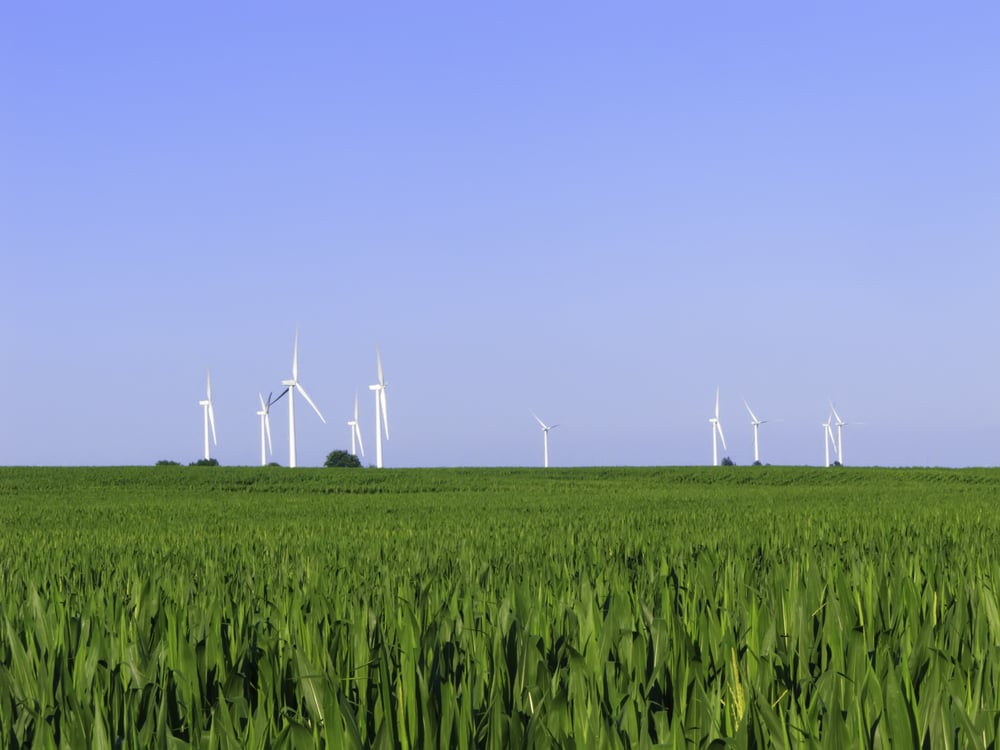
Advantages:
- Clean energy – this doesn’t cause air pollution and greenhouse gases
- Cost-effective – Can be used by anyone
- High employment – Lead to 1 thousand jobs being given which makes the highest in the renewable energy sector
Disadvantages:
- Noise and visual pollution are factors that may cause disruption within local communities near the installation sites
- Unable to provide a constant source of energy – weather dependent
- Threat to wildlife e.g., this has affected birds that have flown into the turbines
Despite the various factors that affect this being a viable alternative to replacing fossil fuels, this will ultimately lead to the UK producing more clean energy amounting to £6 billion. This also continues to generate jobs within the country and with a growing demand for renewable energy, this will inevitability lead to helping with employment. This could mean that despite the effects of the Covid – 19 pandemic there is still hope.
Hydroelectric
This involves kinetic energy to produce electricity, utilising flowing water to help move a turbine which in turn generates electricity. Hydroelectric comes in various forms including, dams, pumped storage, run of the river and tidal power. This has been in development for the last 150 years and has advanced to be capable of producing 20% of global electricity and 90% of the world's renewable energy.
Advantages:
- Low carbon emissions emitted
- Reliable – Works based on constant flowing water, that can be either diverted away or towards turbines to generate energy
- Operation – Can exist and be operational between 50 – 100 years
- Hydroelectricity prevents the emission of GHG corresponding to the burning of 4.4 million barrels of petroleum per day
Disadvantages:
- Environmental damage – Could prevent fish species from migrating and potentially finding food
- The high upfront cost to construct – due to high logistical costs such as laying foundations
- Potential risks of flooding in lower elevated areas are accidentally exposed to strong currents released from the dam
- Emits high quantities of methane – This can lead to the decomposition of plants that are near the area
There are many operational dams across the country which contribute to providing sustainable energy, such as Dinorwig Power Station which produces 1782 MW in Northwest Wales. Dams like this have the combined force of offering up to 20-30% of the total renewable energy that the UK receives, showing that it is successful!
Biomass
Involves producing renewable energy from plant and animal waste. This is the second-largest source of renewable energy in the UK, which accounted for 12% of the total electricity which was produced in 2020. Indicating that this is 17% higher than what was produced in 2010, supplying just 3%, showing that society is advancing to accept sustainability.

Advantages:
- Carbon Neutral
- Less expensive than fossil fuels – generating higher profits from a lower output
- Ensures that there is less rubbish in landfills – can be reduced by 60%-90%
- The revenue source for manufacturers – rubbish disposal creates energy
Disadvantages:
- Is carbon neutral but does release methane gas when it is burned
- Increase deforestation of plants and trees
- Biomass facilities require a lot of space to function properly
Again, this has both positive and negative factors that occur when this form of fuel is being produced, this does offer a great alternative in that it is cheaper to purchase materials like wood to burn than it is to use an oil or gas boiler. There are downsides to having to purchase high quantities of wood or wood pellets and high upfront costs of up to £10,000 – £19,000 compared with the average price of a gas boiler. Generating enough energy for the average household helps to save 15% on the heating bill and minimises your CO2 output by 9.5 tonnes annually. What heating appliances can be used with renewable energy sources?
New heating systems that are installed will need to work with renewable heat sources in the future. Underfloor heating is more efficient than conventional radiators and can lead to up to 20% savings on energy bills. It also significantly reduces the call on heat sources compared to conventional radiator systems making it ideal for use with renewable heat sources such as biomass boilers, solar thermal panels, air-to-water heat pumps and ground source heat pumps.
Features like the HepCalc can help to provide a clear estimation of materials needed and cost as well. This can be applied to any commercial or building to assist with any project.




